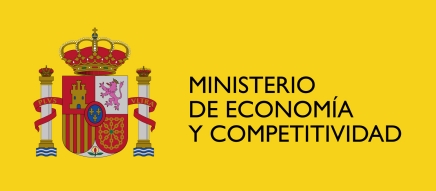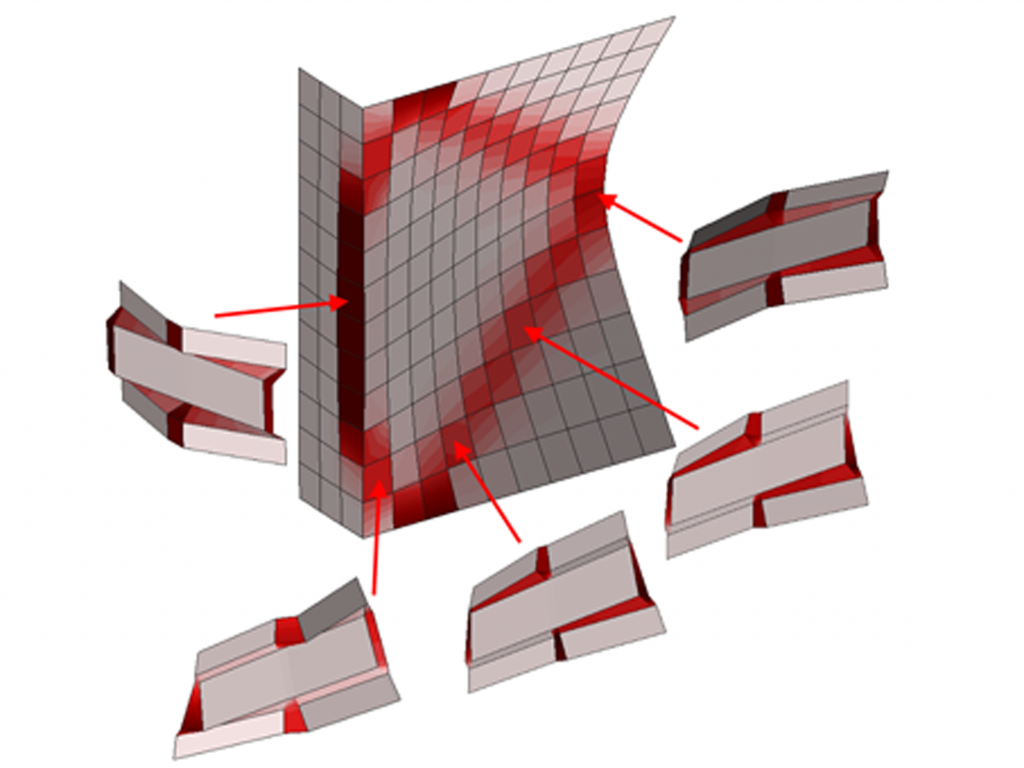| Summary | Brick and stone masonry buildings are very abundant in Europe and, particularly, in Spain. The evaluation of the structural safety of these buildings is still posing important challenges due, among other issues, to the large uncertainty that exist on the material properties and the validity of the structural models normally used for their analysis. The main objective of the present proposal is found on the derivation of criteria and tools, both experimental and numerical, which can be applied, with reasonable cost and technical effort, for an accurate study of the real safety of masonry buildings. This will allow the verification of the resisting conditions and the evaluation of the possible reinforcement needs of this part of the building stock against the gravity action and the effects of earthquake and wind. The results of the project will be also applicable to the conservation of masonry structures belonging to the architectural heritage. This aim will be attained through the development of an integrated technology based on the combination of experimental and numerical analysis methods. This technology will comprise different levels of analysis and will integrate, in particular, a detailed analysis at the "micro" level (component material or small assemblage) with analyses at the "macro" level (structural member, macrolement or global structure). This purpose will be achieved through the following specific aims: (1) Proposal of experimental methods for an improved mechanical and strength characterization of masonry by means of conventional or unconventional tests. Evaluation and improvement of non destructive (NDT) or minor destructive (MST) experimental techniques for the characterization of mechanical material properties in existing structures. (2) Probabilistic characterization of the mechanical properties of different types of masonry, including the determination of the statistical parameters that characterize their variability. (3) Extension of available methods and development of new computational methods for the analysis at different scales. Specifically, development of a method for multiscale analysis. (4) Inclusion of stochastic approaches based on structural reliability for the description of the response or masonry structures (5) Proposal of a general frame for the analysis of masonry structures based on the combination of experimental techniques with advanced computational tools. The contribution to a better conservation of the architectural heritage will stem from the possibility of a more accurate evaluation of the condition and the resistance of the masonry historical structures. In turn, this will allow for the design of mininal repair or strengthening interventions better complying with the necessary respect to the cultural value of the building. |



